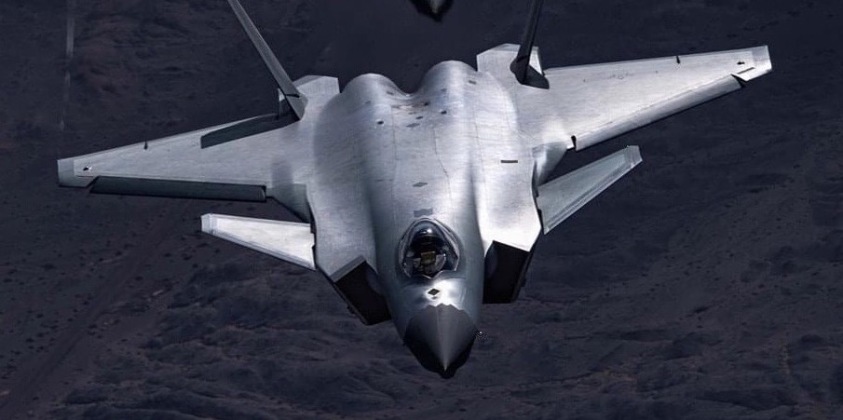On July 3 the Pentagon confirmed the first ever forward deployment of F-35A fifth generation fighters to Japan, supplementing F-35B deployments by the U.S. Marine Corps which have been ongoing for almost seven years. Not only with the F-35s replace fourth generation F-16s at Misawa Air Base, providing a very significant improvement to capabilities, but the total number of fighters will also be increased by 33 percent, with 36 F-16s set to be replaced by 48 F-35s. F-16CMs under the 35th Fighter Wing at Misawa are heavily optimised for air defence suppression missions, which is also a mission for which the F-35 is particularly well suited. Replacing the F-16, F-35s will provide not only an improved range, but also stealth capabilities, larger and far more sophisticated AN/APG-81 electronically scanned array radars, and cutting edge network centric warfare and electronic attack capabilities among a range of other advanced features. The F-35A has a significantly longer range, superior manoeuvrability and a higher weapons carrying capacity to the Marines’ F-35B, while also requiring far less maintenance.
Deployment of 48 F-35As to Misawa Air Base in northern Japan will complement prior rotational deployments of F-35As to Kadena Air Base, which is located over 2500 kilometres south on the island of Okinawa. F-35As from the 4th and 356th fighter squadron deployed to the facility in March and November 2023 respectively. America’s European allies are also expected to increase temporary F-35 deployments in the country, with Italy having made its first ever such deployment in August 2023. The expanding presence of F-35s in Japan comes amid growing concerns in the Western world regarding the modernisation of the Chinese People’s Liberation Army Air Force’s own fighter fleet, with the number of Chinese fifth generation fighters having expanded significantly due to large scale acquisitions of the J-20. Entering service a year after the F-35A from 2017, the J-20 is a much larger aircraft which boasts over double the range, a far larger radar, a higher weapons carrying capacity, and overwhelmingly superior manoeuvrability, while its avionics are considered broadly on par.

The F-35 and J-20 are considered effectively in a league of their own in terms of sophistication, with the avionics and airframe materials of the only other two operational fifth generation fighters in the older F-22 and Russian Su-57 being far less advanced. This has placed pressure on the U.S. Air Force, Navy and Marine Corps to prioritise F-35 deployments to the Pacific to counter the J-20. A key issue for the F-35 remains its notoriously low availability rates, particularly compared to the F-16, which means even with a 33 percent increase to the number of fighters under the 35th Fighter Wing the number of fighters available at any one time will likely be similar to prior levels if not lower. Ease of maintenance and high availability rates remain a leading advantage of the F-16 over other American fighter classes, and a leading point of controversy for the F-35 program. Not only are availability rates low, but the total number of F-35s in service remains several hundred aircraft lower than previously projected, with major delays to upgrades, rejection of new production batches by the Pentagon, and continuous cuts to orders having further had a severe impact.
